Dublin Castle

Dublin Castle stands as one of the city’s most historic and iconic landmarks, offering a fascinating journey through centuries of Irish history. Located in the heart of Dublin, the castle was originally built in the early 13th century on the site of a Viking settlement and served as the seat of English, and later British, administration in Ireland for over 700 years. Today, the complex includes a mix of medieval, Georgian, and modern buildings. Visitors can explore the beautifully preserved State Apartments, which are used for official government functions and state ceremonies, as well as the Chapel Royal with its intricate gothic revival design. The subterranean Viking ruins offer a glimpse into Dublin’s earliest foundations. The castle grounds also feature landscaped gardens and host art exhibitions, cultural events, and guided tours throughout the year. A visit to Dublin Castle provides a unique insight into Ireland’s political past and architectural evolution in the very centre of the capital.
Dublin IrelandDublin Castle stands at the heart of Dublin city centre, located off Dame Street and Castle Street, Dublin 2, behind City Hall and just a five-minute walk from Trinity College on the way to Christchurch Cathedral. This historic complex dates back to the 13th century, originally built as a defensive fortification on the site where the River Liffey met the River Poddle, the “black pool” that gave Dublin its name. Over centuries, Dublin Castle served as a seat of English and later British rule until 1922, and today it functions as a major government complex, state ceremony venue, and tourist attraction. The castle features the State Apartments, the Chapel Royal, the Chester Beatty Library, Garda Museum, and Revenue Museum, all open to visitors. The grounds and gardens can be freely explored, while guided and self-guided tours offer access to the apartments and medieval undercroft. Nearby, you’ll find key attractions such as Trinity College, Christchurch Cathedral, St. Stephen’s Green, St Audoen’s Church, and the historic St. Mary’s Abbey, making Dublin Castle an ideal starting point for exploring the city’s rich heritage.
 Guinness Storehouse
Dublin
Guinness Storehouse
Dublin
 National Museum of Ireland Archaeology
Dublin
National Museum of Ireland Archaeology
Dublin
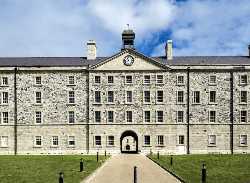 National Museum of Ireland Decorative Arts and History
Dublin
National Museum of Ireland Decorative Arts and History
Dublin
 National Museum of Ireland Natural History
Dublin
National Museum of Ireland Natural History
Dublin
 The Little Museum of Dublin
Dublin
The Little Museum of Dublin
Dublin
 Irish Whiskey Museum
Dublin
Irish Whiskey Museum
Dublin
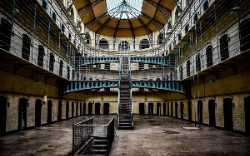 Kilmainham Gaol
Dublin
Kilmainham Gaol
Dublin
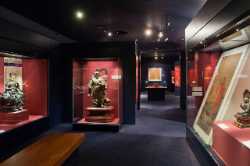 Chester Beatty
Dublin
Chester Beatty
Dublin
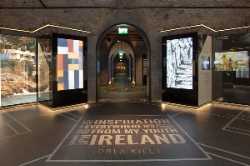 EPIC, the Irish Emigration Museum
Dublin
EPIC, the Irish Emigration Museum
Dublin
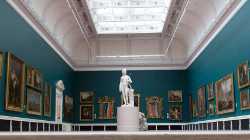 The National Gallery of Ireland
Dublin
The National Gallery of Ireland
Dublin
 Hugh Lane Gallery
Dublin
Hugh Lane Gallery
Dublin
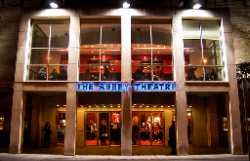 Abbey Theatre
Dublin
Abbey Theatre
Dublin
 National Concert Hall
Dublin
National Concert Hall
Dublin
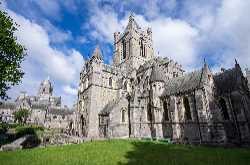 Christ Church Cathedral Dublin
Dublin
Christ Church Cathedral Dublin
Dublin
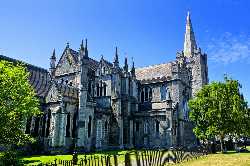 St Patrick's Cathedral Dublin
Dublin
St Patrick's Cathedral Dublin
Dublin
 Ha'penny Bridge
Dublin
Ha'penny Bridge
Dublin
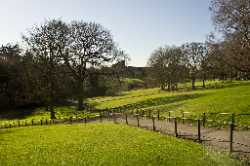 Phoenix Park
Dublin
Phoenix Park
Dublin
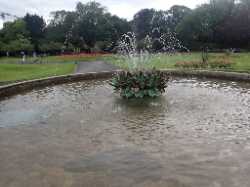 Saint Stephen's Green
Dublin
Saint Stephen's Green
Dublin
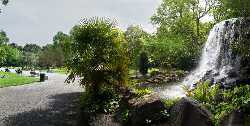 Iveagh Gardens
Dublin
Iveagh Gardens
Dublin
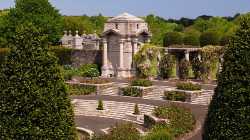 Irish National War Memorial Gardens
Dublin
Irish National War Memorial Gardens
Dublin
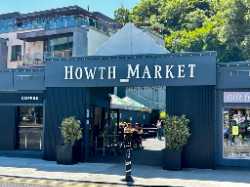 Howth Market Dublin
Dublin
Howth Market Dublin
Dublin
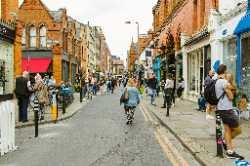 Drury Street Dublin
Dublin
Drury Street Dublin
Dublin
 Jameson Distillery Bow St
Dublin
Jameson Distillery Bow St
Dublin
 The Book of Kells Dublin
Dublin
The Book of Kells Dublin
Dublin
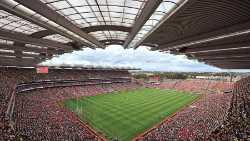 Croke Park
Dublin
Croke Park
Dublin
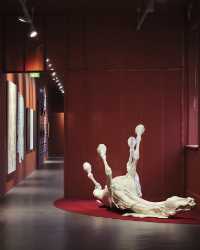 Irish Museum of Modern Art
Dublin
Irish Museum of Modern Art
Dublin
 Glasnevin Cemetery Museum
Dublin
Glasnevin Cemetery Museum
Dublin
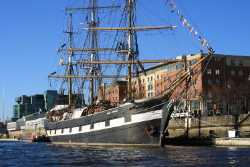 Jeanie Johnston Tall Ship & Famine Museum
Dublin
Jeanie Johnston Tall Ship & Famine Museum
Dublin
 The Irish Rock ‘N’ Roll Museum Experience
Dublin
The Irish Rock ‘N’ Roll Museum Experience
Dublin
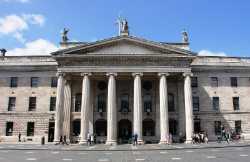 GPO Museum
Dublin
GPO Museum
Dublin
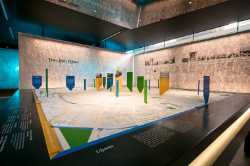 Museum of Literature Ireland
Dublin
Museum of Literature Ireland
Dublin
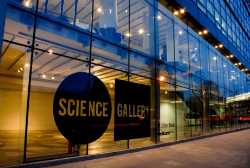 Science Gallery Dublin
Dublin
Science Gallery Dublin
Dublin
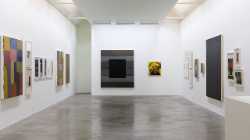 Kerlin Gallery
Dublin
Kerlin Gallery
Dublin
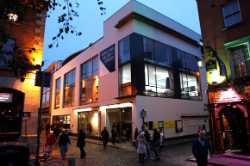 Temple Bar Gallery
Dublin
Temple Bar Gallery
Dublin
 Gallery of Photography Ireland
Dublin
Gallery of Photography Ireland
Dublin
 Project Arts Centre
Dublin
Project Arts Centre
Dublin
 The Molesworth Gallery
Dublin
The Molesworth Gallery
Dublin
 Oliver Sears Gallery
Dublin
Oliver Sears Gallery
Dublin
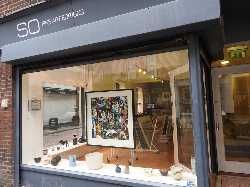 SO Fine Art Editions
Dublin
SO Fine Art Editions
Dublin
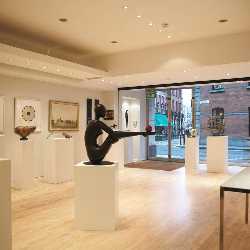 Solomon Fine Art
Dublin
Solomon Fine Art
Dublin
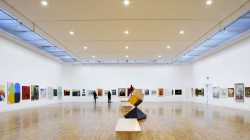 Royal Hibernian Academy
Dublin
Royal Hibernian Academy
Dublin
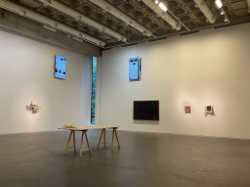 Douglas Hyde Gallery
Dublin
Douglas Hyde Gallery
Dublin
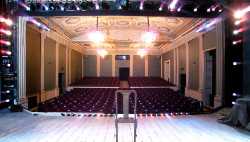 Gate Theatre
Dublin
Gate Theatre
Dublin
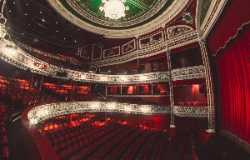 Gaiety Theatre
Dublin
Gaiety Theatre
Dublin
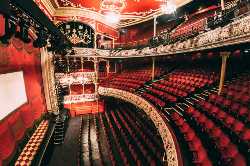 Olympia Theatre
Dublin
Olympia Theatre
Dublin
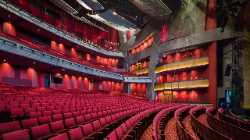 Bord Gáis Energy Theatre
Dublin
Bord Gáis Energy Theatre
Dublin
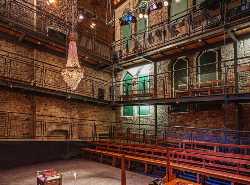 Smock Alley Theatre
Dublin
Smock Alley Theatre
Dublin
 Peacock Theatre
Dublin
Peacock Theatre
Dublin
 Liberty Hall Theatre
Dublin
Liberty Hall Theatre
Dublin
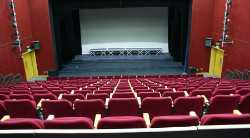 Civic Theatre
Dublin
Civic Theatre
Dublin
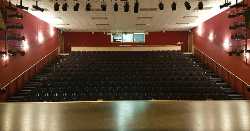 Draíocht Arts Centre
Dublin
Draíocht Arts Centre
Dublin
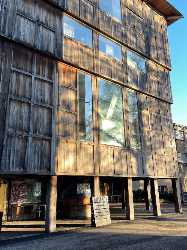 Samuel Beckett Theatre
Dublin
Samuel Beckett Theatre
Dublin
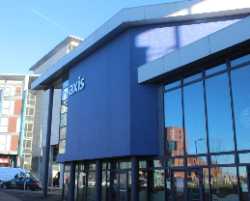 Axis Ballymun
Dublin
Axis Ballymun
Dublin
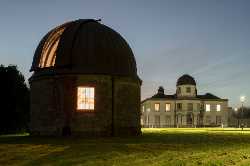 Dunsink Observatory
Dublin
Dunsink Observatory
Dublin